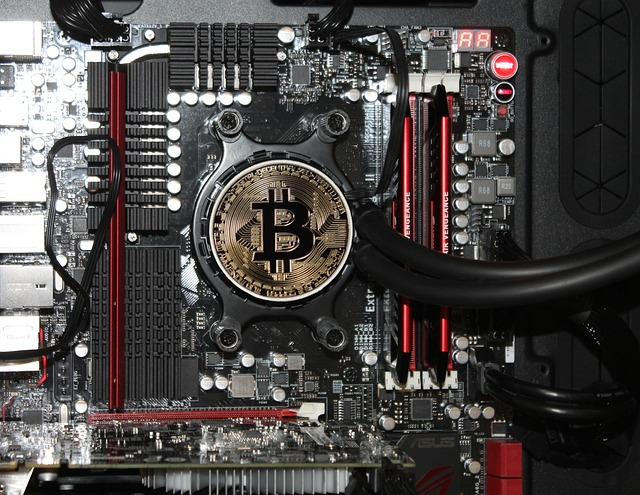The history of altcoins: From Litecoin to the present day
 As the inexorable march of time propels us deeper into the digital epoch, the realm of cryptocurrencies burgeons and diversifies. With Bitcoin's primacy firmly ensconced, a plethora of alternative cryptocurrencies, or altcoins, has proliferated, each vying for prominence and acceptance. In this erudite exposition, we shall traverse the annals of altcoin history, from the seminal advent of Litecoin to the multifarious, kaleidoscopic present. I. The Genesis: Litecoin's Inaugural ForayIn the halcyon days of 2011, the incipient altcoin Litecoin emerged from the crucible of digital innovation. Conceived by Charlie Lee, an erstwhile Google engineer, Litecoin sought to address the perceived shortcomings of Bitcoin. Employing the Scrypt hashing algorithm, as opposed to Bitcoin's SHA-256, Litecoin proffered a more egalitarian mining landscape, thereby enabling a wider array of participants to partake in the mining process. II. A Panoply of Altcoins: The Cambrian ExplosionEmboldened by Litecoin's success, a veritable cavalcade of altcoins materialized in its wake. This Cambrian explosion of digital currencies engendered a myriad of innovative solutions, each endeavoring to carve its niche within the burgeoning crypto ecosystem. Among these nascent altcoins, several stalwarts emerged:
III. The ICO Phenomenon: The Democratization of FundraisingAs the altcoin landscape continued to evolve, a novel fundraising mechanism, the Initial Coin Offering (ICO), gained considerable traction. Through ICOs, nascent projects could raise capital by issuing tokens in exchange for established cryptocurrencies such as Bitcoin or Ethereum. This democratization of fundraising catalyzed the emergence of countless new altcoins, each with its unique attributes and value propositions:
IV. The Advent of Decentralized Finance: Altcoins as Pillars of InnovationThe inexorable ascent of Decentralized Finance (DeFi) has further expanded the altcoin universe, with a plethora of digital currencies coalescing to create a vibrant, decentralized financial ecosystem. Altcoins such as Ethereum, with its versatile smart contracts, and stablecoins like Tether (USDT) and USD Coin (USDC), which maintain a peg to fiat currencies, have emerged as crucial components of the burgeoning DeFi landscape. V. The NFT Revolution: Altcoins as Artistic PatronsNon-Fungible Tokens (NFTs), unique digital assets indivisible and distinct from one another, have engendered a renaissance in the realm of digital art and collectibles. Altcoins such as Ethereum and Binance Smart Chain (BSC) have served as the bedrock of the NFT revolution, providing the infrastructure for platforms like OpenSea and Rarible to flourish. VI. Conclusion: The Future of Altcoins in a Dynamic LandscapeThe annals of altcoin history are replete with tales of innovation, disruption, and the relentless pursuit of a more decentralized and equitable financial landscape. From the inception of Litecoin to the present day, altcoins have served as harbingers of change, pushing the boundaries of what is possible within the cryptocurrency domain. As the digital age continues to unfurl, it is reasonable to surmise that the altcoin ecosystem will persist in evolving, adapting, and reshaping itself in response to the exigencies of an ever-changing world. Article and video for topic: The history of altcoins: From Litecoin to the present day. Author: Jonathan Burroughs |



